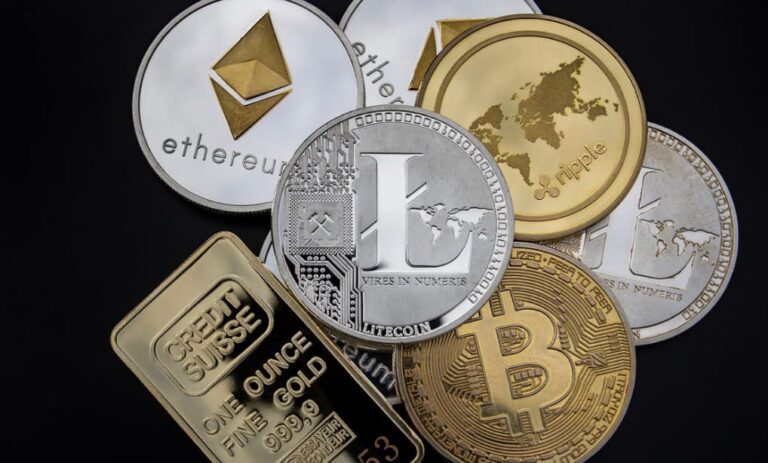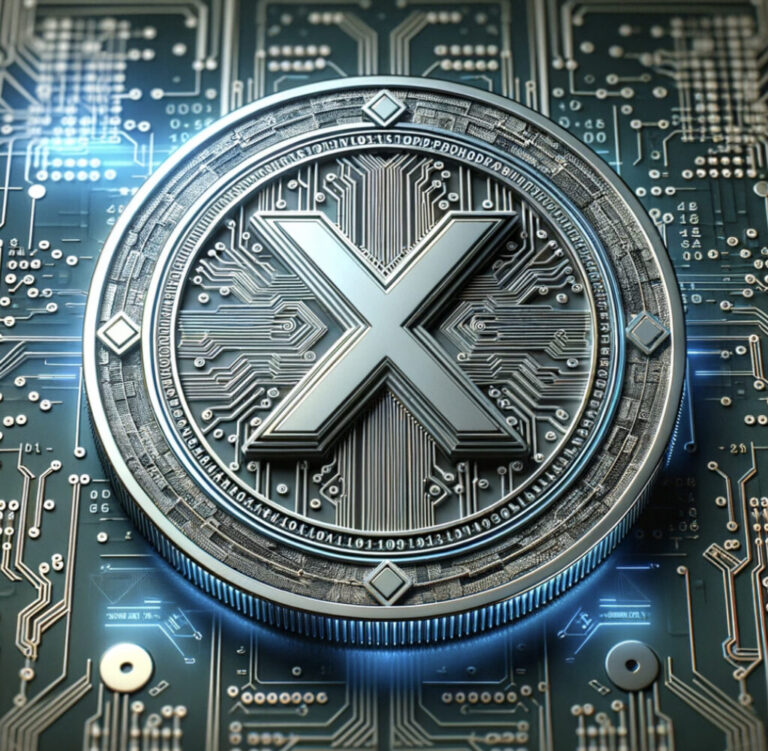Cryptocurrencies, known for their significant volatility, have become a major point of discussion and interest in the investment world. This volatility often overshadows their potential, especially when compared to the stock market where fluctuations, though present (evident in cases like Peloton stocks dropping 20% occasionally), are generally not as extreme. However, the advent of stablecoins has introduced a stabilizing element to the cryptocurrency market.
The Emergence of Stablecoins
Stablecoins entered the scene as a response to the high volatility of cryptocurrencies. A pivotal moment in cryptocurrency history was the introduction of the first stablecoin, Tether (USDT), by Tether Limited, a Hong Kong-based company. Launched in 2014, Tether’s value was anchored to the US dollar, with the promise that 1 USDT would always equate to $1. This pegging mechanism was maintained by holding an equivalent amount of dollars in bank reserves. Despite initial controversies concerning the company’s reserve holdings and financial transparency, Tether marked the beginning of a new era in the digital currency landscape.
This innovation led to the development of various other stablecoins globally, each iteration bringing improvements and added stability to the market. These coins have since become integral to businesses and retail merchants worldwide, combining the benefits of digital currency transactions and blockchain technology, such as speed, transparency, and reduced fees, with the stability of traditional fiat currencies.
Today, the stablecoin market is dominated by Tether (USDT) and USD Coin (USDC). While there are debates regarding their role as “safe haven” assets, it’s clear that they maintain the inherent advantages of digital currencies while significantly mitigating the element of unpredictability that is often associated with cryptocurrency market swings.
In-Depth Analysis of Leading Stablecoins
Tether (USDT)
Tether holds the distinction of being the first stablecoin in the market. Since its inception in 2014, Tether has expanded its compatibility beyond the Ethereum blockchain to include other networks, although it’s important to note that Ethereum-based USDT cannot be traded as a TRON-based token, as the coins adhere to their specific blockchain networks for transaction processing.
Tether’s rise to prominence was rapid, gaining listings on major exchanges and becoming a staple in numerous trading pairs. Additionally, Tether Limited expanded its offerings to include a Euro-based stablecoin and a gold-pegged Tether crypto coin. Despite its success, Tether has faced criticism and legal scrutiny over its reserve transparency and financial practices. However, Tether has since made efforts to provide more information about its reserves, although a third-party audit is still pending. As of the time of writing, Tether boasts the third-largest market cap among cryptocurrencies.
USD Coin (USDC)
USD Coin emerged in 2018, created by the Centre Consortium, a collaboration between Coinbase, a crypto trading platform, and Circle, a peer-to-peer payment service. USDC rapidly climbed to prominence, becoming one of the top five cryptocurrencies by market cap. It operates on multiple blockchain networks, including Ethereum, Solana, Polygon, Algorand, and Binance Smart Chain.
A key factor that sets USDC apart from Tether is its commitment to transparency, evidenced by regular third-party audits. These audits are publicly accessible, allowing users to verify the authenticity of their USDC holdings monthly. Following the introduction of USDC, Coinbase opted to remove USDT from its platform, further solidifying USDC’s position in the market.
Comparing USDT and USDC: Centralization in a Decentralized World
Both USDT and USDC, being pegged to the dollar, are centralized digital currencies, diverging from the decentralized nature of most other cryptocurrencies. With the growing demand for digital currencies, these stablecoins are poised for continued growth and expansion.
When choosing a stablecoin, USDT and USDC stand out as the most recognized and widely used options. The decision between the two often depends on the specific requirements and preferences of the user, including the intended use and the desired trading networks.
Both USDT and USDC are readily available for purchase and sale through various platforms, including the Tap app. The app offers a user-friendly interface for creating an account, completing the KYC process, and depositing funds into a digital wallet. This platform enables users to effortlessly manage their entire crypto and fiat portfolio from one convenient and secure location.
The Future of Stablecoins in the Cryptocurrency Market
The introduction of stablecoins like USDT and USDC represents a significant milestone in the evolution of digital currencies. By offering a stable alternative to the typically volatile cryptocurrency market, these coins have opened up new possibilities for adoption and integration into the global financial system.
Impact on Global Transactions
Stablecoins have become particularly valuable in cross-border transactions and remittances, offering a faster, more cost-effective, and transparent method compared to traditional banking systems. This advantage has made them a preferred choice for individuals and businesses looking to transfer funds internationally.
The Role of Stablecoins in Decentralized Finance (DeFi)
In the realm of Decentralized Finance (DeFi), stablecoins have emerged as a cornerstone, facilitating various activities such as lending, borrowing, and yield farming. Their stability provides a solid foundation for these activities, reducing the risks associated with price fluctuations in the DeFi space.
Regulatory Landscape and Future Developments
As the stablecoin market continues to grow, regulatory attention is increasing. Governments and financial institutions worldwide are examining how to integrate these digital assets into the existing regulatory framework, ensuring consumer protection and financial stability. This regulatory evolution is expected to shape the future trajectory of stablecoins, potentially leading to broader acceptance and integration into mainstream finance.
Innovation and Diversification of Stablecoins
The stablecoin sector is also witnessing continuous innovation and diversification. Beyond being pegged to fiat currencies, some stablecoins are exploring pegs to other assets like commodities or even baskets of currencies, aiming to provide even greater stability and utility.
Conclusion: The Integral Role of Stablecoins in the Digital Currency Ecosystem
In conclusion, the advent of stablecoins like Tether (USDT) and USD Coin (USDC) has revolutionized the cryptocurrency landscape. By mitigating the volatility traditionally associated with digital currencies, these stablecoins have enhanced the appeal of cryptocurrencies, making them more accessible and usable for a wider range of financial activities. As the cryptocurrency market continues to mature and evolve, stablecoins are likely to play an increasingly vital role, bridging the gap between the innovative world of digital assets and the stability and reliability of traditional financial systems. The ongoing development and adoption of stablecoins will undoubtedly be a critical area to watch in the future of finance and digital currencies.






